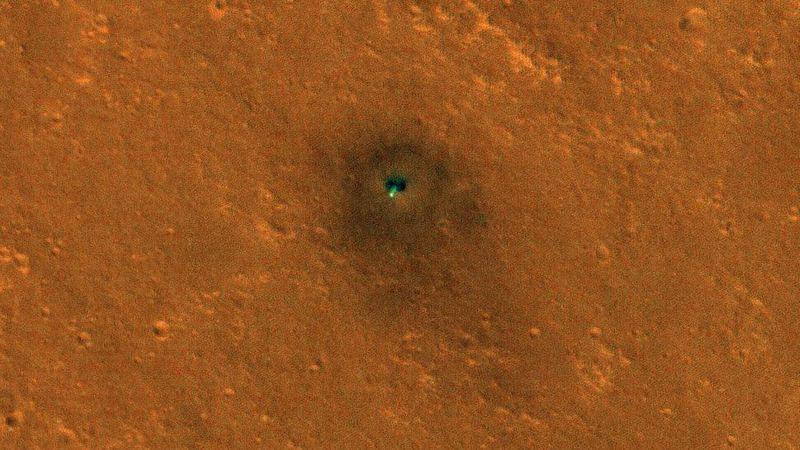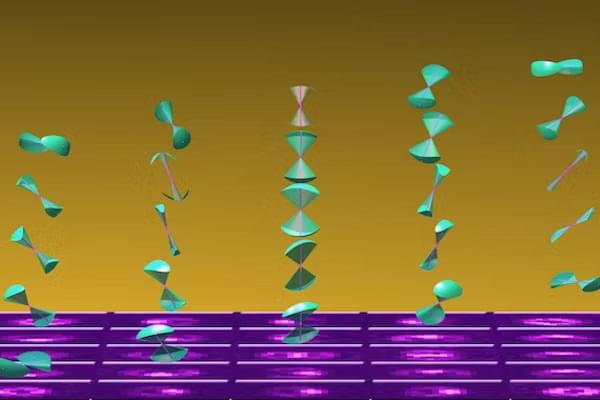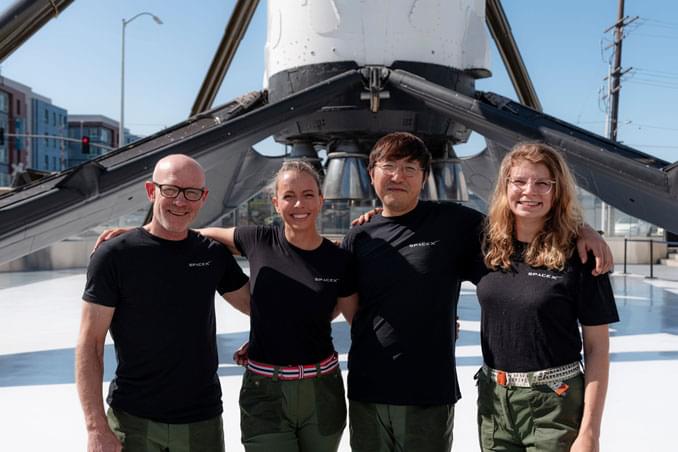Completely changing your diet can be hard, so a longevity expert and doctor added foods including olive oil to his diet for the healthy aging benefits.
Research shows that people with ADHD are better at foraging, an essential skill for prehistoric Homo sapiens.
Nucleic Acid Therapeutics
Posted in futurism
A new analysis of data collected by NASA’s InSight mission suggests there may be enough water beneath the surface of Mars to cover the planet.
Sakana AI
Posted in humor, robotics/AI
The AI Scientist is designed to be compute efficient. Each idea is implemented and developed into a full paper at a cost of approximately $15 per paper. While there are still occasional flaws in the papers produced by this first version (discussed below and in the report), this cost and the promise the system shows so far illustrate the potential of The AI Scientist to democratize research and significantly accelerate scientific progress.
We believe this work signifies the beginning of a new era in scientific discovery: bringing the transformative benefits of AI agents to the entire research process, including that of AI itself. The AI Scientist takes us closer to a world where endless affordable creativity and innovation can be unleashed on the world’s most challenging problems.
For decades following each major AI advance, it has been common for AI researchers to joke amongst themselves that “now all we need to do is figure out how to make the AI write the papers for us!” Our work demonstrates this idea has gone from a fantastical joke so unrealistic everyone thought it was funny to something that is currently possible.
While new technologies, including those powered by artificial intelligence, provide innovative solutions to a steadily growing range of problems, these tools are only as good as the data they’re trained on. In the world of molecular biology, getting high-quality data from tiny biological systems while they’re in motion – a critical step for building next-gen tools – is something like trying to take a clear picture of a spinning propeller. Just as you need precise equipment and conditions to photograph the propeller clearly, researchers need advanced techniques and careful calculations to measure the movement of molecules accurately.
Matthew Lew, associate professor in the Preston M. Green Department of Electrical & Systems Engineering in the McKelvey School of Engineering at Washington University in St. Louis, builds new imaging technologies to unravel the intricate workings of life at the nanoscale. Though they’re incredibly tiny – 1,000 to 100,000 times smaller than a human hair – nanoscale biomolecules like proteins and DNA strands are fundamental to virtually all biological processes.
Scientists rely on ever-advancing microscopy methods to gain insights into these systems work. Traditionally, these methods have relied on simplifying assumptions that overlook some complexities of molecular behavior, which can be wobbly and asymmetric. A new theoretical framework developed by Lew, however, is set to shake up how scientists measure and interpret wobbly molecular motion.
The associations between neighborhood characteristics and symptoms of attention-deficit/hyperactivity disorder (ADHD) among children.
Innovation At The Frontiers Of Aesthetic And Regenerative Medicine — Prof. Dr. Alan Widgerow — Division Chief, Center for Tissue Engineering, UCIrvine — Chief Scientific Officer, Galderma.
Prof. Dr. Alan Widgerow, MBBCh, FCS, MMed, FACS, is Division Chief, Research, Center for Tissue Engineering (https://sites.uci.edu/ctelab/team/) and Adjunct Professor Plastic Surgery, Dept of Plastic Surgery, University of California, Irvine (https://faculty.uci.edu/profile/?facu…) and Chief Scientific Officer and Head of Skin Science Center of Innovation at Galderma (https://www.galderma.com/).
Prof. Widgerow is a plastic surgeon who ran a solo private practice in South Africa for over 20 years.
Prof. Widgerow completed his undergraduate and post-graduate studies at the University of the Witwatersrand, South Africa. He has held various positions in numerous academic and professional associations including that of President of the Association of Plastic and Reconstructive surgery of Southern Africa (APRSSA). He is author of over 190 plastic surgical related publications and 2 books. He was also the founder and medical director of 13 wound clinics in South Africa.
Prof. Widgerow relocated to Irvine California in Dec 2009 to pursue his interests in medical device innovations, cosmeceuticals and wound care, but he still plays an active role in academic medicine world-wide. In 2012 he was appointed to the Faculty of the University of California Irvine Plastic Surgery Dept as Full Adjunct Professor and Director of the Center for Tissue Engineering and in 2021 was appointed as its Division Chief of Research. He is involved in multiple projects related to adipose derived stem cell and adipose decellularized matrix, wound healing and transplantation. In 2018 he was awarded the Distinguished Faculty Mentor of the year Award by the Institute for Clinical and Translational Science, UCI.
A blockchain entrepreneur, a cinematographer, a polar adventurer and a robotics researcher plan to fly around Earth’s poles aboard a SpaceX Crew Dragon capsule by end of year, becoming the first humans to observe the ice caps and extreme polar environments from orbit, SpaceX announced Monday.
The historic flight, launched from the Kennedy Space Center in Florida, will be commanded by Chun Wang, a wealthy bitcoin pioneer who founded f2pool and stakefish, “which are among the largest Bitcoin mining pools and Ethereum staking providers,” the crew’s website says.
“Wang aims to use the mission to highlight the crew’s explorational spirit, bring a sense of wonder and curiosity to the larger public and highlight how technology can help push the boundaries of exploration of Earth and through the mission’s research,” SpaceX said on its web site.
A newly published study by Sheba Medical Center, Israel’s largest and internationally ranked hospital, shows that AI analysis of medical records as patients are admitted to the ER can accurately identify those at high risk of pulmonary embolism (PE).
A pulmonary embolism is a sudden blockage in an artery in the lung caused by a blood clot, most commonly due to a dislodged clot in the leg. They are normally diagnosed during a CT scan.
Using machine learning, the researchers trained an algorithm to detect a pulmonary embolism before a patient was hospitalized, based on existing medical records.









